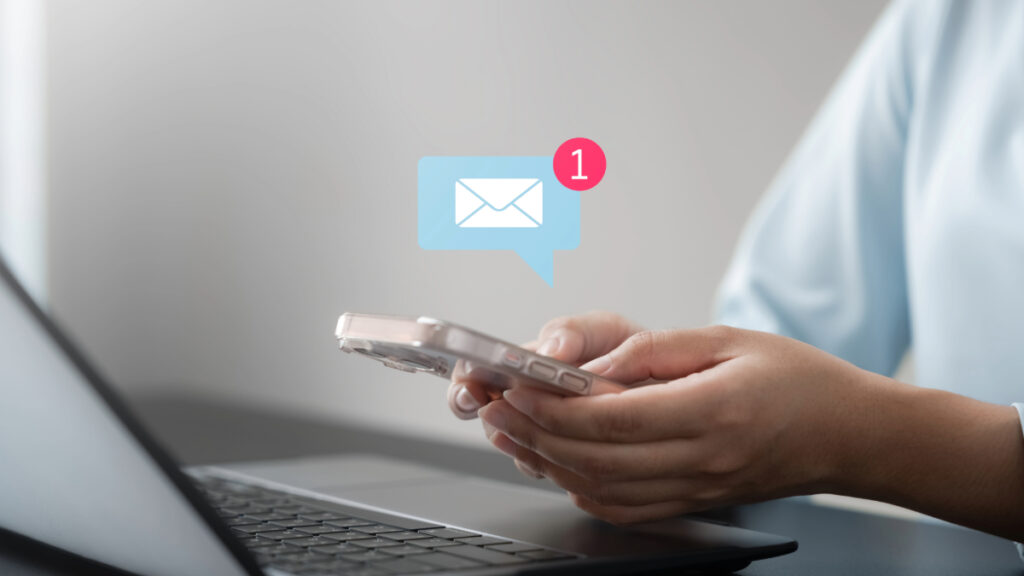Top changes you can make now to improve sending in Japan

As email ecosystems can differ from region to region, here at dotdigital we have a global dedicated deliverability team with a wealth of experience across all regions, giving us the edge to help customers optimize their sending no matter where they are sending.
One such unique email ecosystem exists in Japan and a lack of guidance in how to succeed at delivering email, due to various factors such as culture and language, can cause inbox placement issues for senders. I would like to share our insights into what you can do now to improve deliverability in Japan.
What should we expect?
Our research has identified that a typical B2C mailing list is made up of Gmail, Yahoo JP (a separate entity, not part of Verizon Media Group) and Docomo (the biggest local provider of telecommunications in Japan) with the remainder made up of various mailbox providers ranging from global ones all the way to those provided by local cable network carriers. We know that Gmail and Yahoo JP especially rely on user engagement when it comes to inbox placement, so this reinforces the importance of an active recipient database as the key to a high-performing email marketing program.
In addition to the above breakdown of mailbox providers, we also found there were a lot of mobile phone based addresses. This means not only should your email be friendly to view on popular mobile devices, but your marketing strategy should also cater for standard mobile or cellular phones which have limited capabilities compared to smartphones.
Demographic considerations and the importance of segment targeting
About a quarter of the population in Japan is considered elderly (over 65 years of age). As such, many email addresses will likely belong to an older demographic. It is important to segment based on age and then design content to be accessible so that your messages are given the best chances for engagement and conversion.
As for the non-older demographic, from our own experience as well as knowledge gained from others in the industry, we have some indications of how email is used as a tool in Japan compared with other countries around the world. To summarize, we believe that Japanese recipients are more likely to:
- Spend a lot less time on both work and personal email
- Engage a lot less and felt a lot less value from the email received
- Have a lot less interest/incentive to open promotional messages
- Prefer email as a channel, especially for work
Setting up authentication to protect your brand and customers
Japanese mailbox providers are slow in email authentication uptake. We still strongly recommend authenticating emails as it is already a prerequisite for global mailbox providers (such as DKIM for Gmail), not to mention that by setting it up now, you remain ahead of the curve as more of the existing authentication methods are implemented by regional receivers.
Anything else we can do aside from segmentation and authentication?
Absolutely! For example, with Gmail and Yahoo JP as the top domain destinations for a typical B2C email list, you can definitely setup BIMI (which is still an invite-only beta at this stage at Gmail) and Brand Icon respectively, and reap the benefits once they have been enabled for you. BIMI stands for Brand Indicators for Message Identification, and Brand Icon is a similar feature but limited to Yahoo JP.
Both show your company logo instead of a generic icon, allowing your messages to easily stand out compared to others. What’s more, a requirement for the logo to be displayed is to prove yourself as a reputable sender. So if the mailbox providers are displaying your logo it means that, from their point of view, you are a sender in good standing. In addition to this, as mentioned previously a typical mailing list will contain a number of email addresses that are provided by mobile phone carriers. The recommendation we have is to throttle sends to begin with, as they are known to have more limited resource constraints compared to major mailbox providers.
Finally, avoid sending at the top of the hour (e.g. 8:00, 13:00, etc). Mailbox providers often request that senders adjust their send time to avoid the congestion so they can be delivered in a more timely manner – and this especially applies when you are sending content that is time-sensitive.
Conclusion
Whilst Japan has its own unique email ecosystem, the fundamentals are the same, and following the best practices will lead to a successful email marketing program.
この記事の日本語版はこちらからダウンロードできます。



